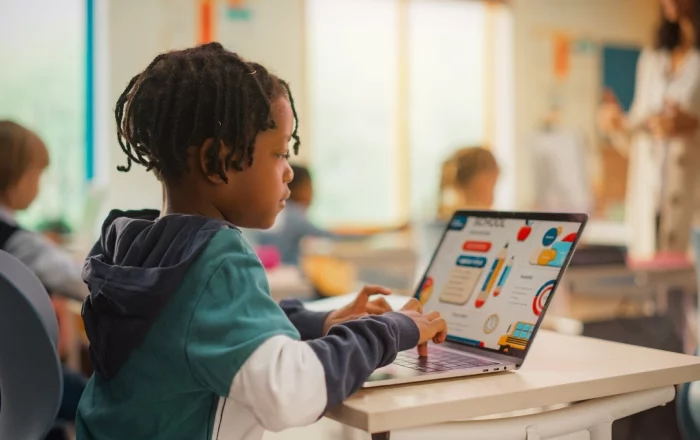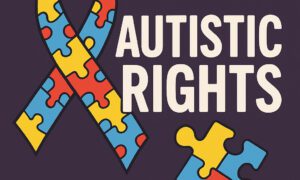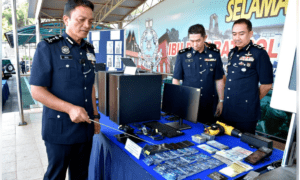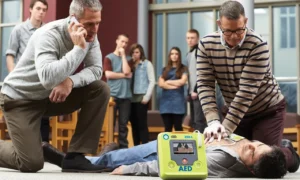Keeping students engaged is one of the toughest challenges educators face today. Between short attention spans and digital distractions, it can be difficult to hold a classroom’s focus. But what if learning could be fun, fast-paced, and interactive? Enter trivia.
Trivia games transform the learning experience from passive to active. By weaving questions into classroom activities, teachers can spark curiosity, promote collaboration, and reinforce subject material—all without students even realizing they’re studying.
Let’s break down how trivia can energize your classroom and offer strategies to make it stick.
Table of Contents
- Why Trivia Works in the Classroom
- Benefits Beyond Academics
- How to Structure a Trivia Session
- Choosing the Right Topics and Tools
- Making It Inclusive and Accessible
- Bringing in Card Games for Variety
- Ideas for Different Age Groups
- Final Thoughts
Why Trivia Works in the Classroom
Trivia taps into our natural love of competition and curiosity. When used correctly, it turns a static lesson into a dynamic challenge. Rather than just reading from a textbook, students get to think on their feet, recall what they’ve learned, and apply it under mild time pressure—all of which enhances memory retention.
Even better? Trivia encourages participation from students who might otherwise stay quiet. It gives them a low-stakes opportunity to shine and helps foster a sense of community in the classroom.
Benefits Beyond Academics
Classroom trivia games offer more than just reinforcement of lesson material. Here are a few broader benefits:
- Builds teamwork: Group-based trivia promotes communication and cooperation.
- Strengthens recall: Repetition through play cements information more deeply.
- Develops critical thinking: Timed trivia forces quick analysis and decision-making.
- Encourages risk-taking: Making a guess becomes less intimidating in game format.
- Adds joy to learning: Fun environments foster better student attitudes toward school.
- Reinforces focus: Structured trivia helps redirect distracted students.
These benefits extend beyond the subject matter and contribute to long-term social and cognitive development.
How to Structure a Trivia Session
Not all trivia sessions are created equal. The key is balance—keep it challenging enough to be interesting, but not so difficult that it’s frustrating.
Here are a few structure tips:
- Create small teams (2–5 students) for collaboration.
- Mix question types: True/false, multiple choice, short answer.
- Set a timer per round to maintain energy.
- Rotate quizmasters: Let students take turns asking questions.
- Reward participation: Use stickers, extra credit, or verbal praise—not just for winners.
You can even assign bonus questions for students who demonstrate teamwork or creativity.
Choosing the Right Topics and Tools
Trivia should reinforce your core curriculum—but that doesn’t mean it has to be dry. Blend in questions related to pop culture, holidays, or history to keep things lively.
Don’t be afraid to incorporate tools that already exist. Flashcards, whiteboards, and slide decks are useful—but one of the most effective options for engagement? The right Card Game.
Interactive formats like a Card Game allow educators to switch topics quickly and give students a tactile experience that keeps their hands and minds active. Whether you’re exploring educational card games, math card games for the classroom, or strategy card games for beginners, the card-based format adds excitement and variety.
Making It Inclusive and Accessible
Not every student thrives in the same environment. Trivia is adaptable—you can modify the format to meet different learning styles or challenges.
- Visual learners: Use images and diagrams in your questions.
- Auditory learners: Let students read questions aloud or listen to short clips.
- Language learners: Incorporate vocabulary review and slower pacing.
- Neurodiverse learners: Offer choices in how to participate (e.g., writing vs. speaking).
Group play also reduces performance anxiety, allowing all students to contribute without spotlight pressure.
Bringing in Card Games for Variety
You don’t have to stick with traditional question-answer formats. Knowledge-based games that use card mechanics are becoming a favorite among teachers. These options range from fun card games for all ages to more specialized sets like crime card games or law enforcement trivia.
Games inspired by FBI Files or the FBI Card Game format are especially great for older students interested in history, civics, or forensics. They can be fun, immersive, and even double as learning tools about real-life federal investigations and the role of FBI Special Agents. This format also works well as a screen-free family game, ideal for at-home learning extensions.
Want a few suggestions? Try exploring resources like this Card Game from Education.com that highlights card-based activities for spelling and vocabulary.
Ideas for Different Age Groups
Trivia doesn’t have to be one-size-fits-all. Here are a few tailored ideas:
For Younger Kids:
- Easy card games for kids with simple questions (colors, shapes, animals).
- Indoor games for kids using flashcards and small group challenges.
- Quick card games to reinforce sight words or basic math facts.
For Teens:
- Strategy games that require analysis and memory.
- Questions based on current events, geography, or high-interest topics like unsolved mysteries or forensic science.
For All Ages:
- Use 4 Adults Card Game for 2–8 Players formats that adjust difficulty based on who’s playing.
- Add in pop quizzes disguised as fun card games to make test prep more enjoyable.
Mixing it up keeps things fresh and ensures every student has a moment to shine.
Final Thoughts
Trivia isn’t just for game nights or bar quizzes—it’s a surprisingly powerful tool in the educator’s toolkit. With the right planning and structure, trivia can build knowledge, increase engagement, and create a classroom culture that values participation and curiosity.
You don’t need fancy tech or endless prep—just a few good questions, a basic Card Game format, and a willingness to try something fun. You might be surprised how quickly your students light up when learning feels like play.





























